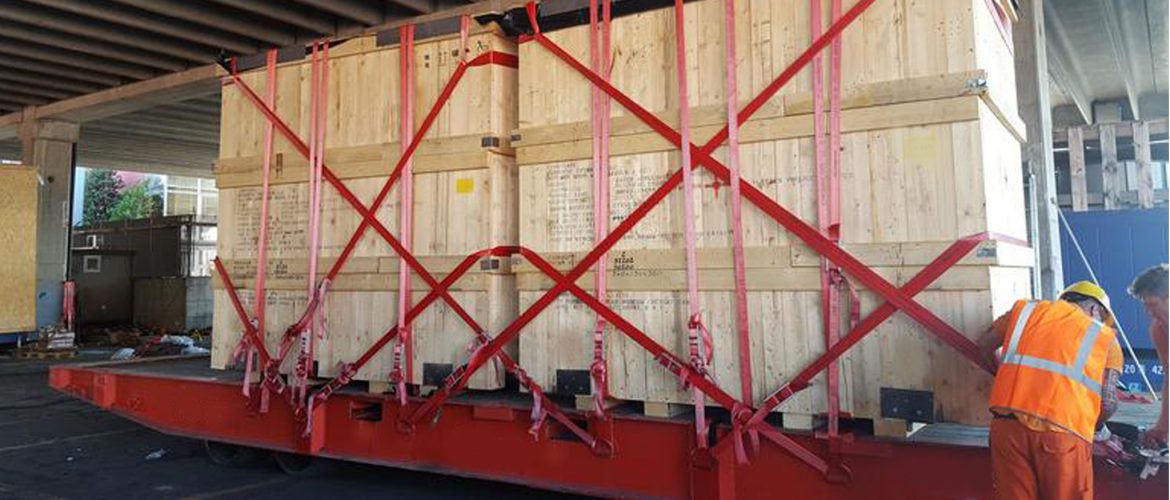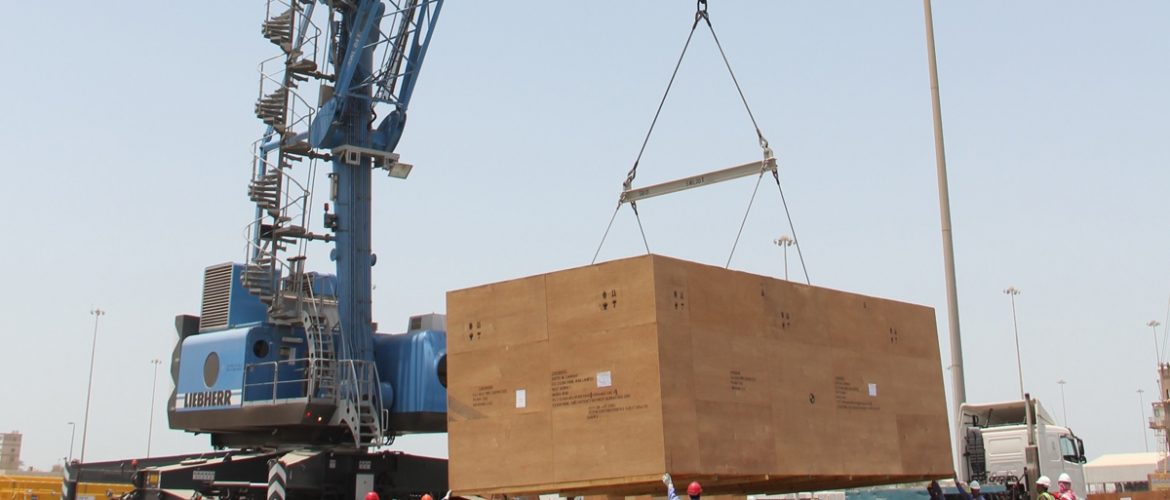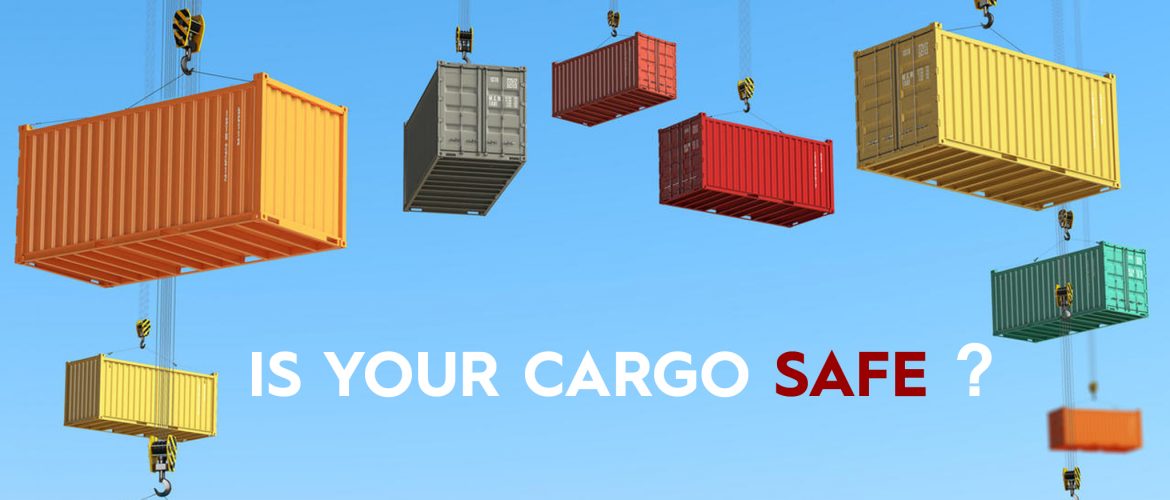There are six degrees of motion that a sailing ship experiences: surge, sway, heave, roll, pitch, and yaw. The ship also bends and twists with incoming waves. The movement of hatch covers is relative to the hatch openings. The container stacks also move with clearances in the lashing equipment. The only way to resist these movements and attempts and maintain the containers on board is a good lashing system. The strength of a good lashing system is highlighted during bad weather. Any container loss due to
Shipping is perhaps one of the riskiest businesses as even the best plans can go awry thanks to damage, loss, and claims. These not only increase the transportation cost but can also create problems between a company and its clients. The best way to ensure that there are no cargo losses and that service quality is not affected is to make the entire packaging, shipping, and receiving process more streamlined. This article gives you some tips to avoid freight damage
There are various challenges that come with the process of containers safely.In order to avoid these, companies can follow some best-practices. These will not only minimize the difficulties and dangers but also make sure that the shipment reaches the destination in unharmed. Stuffing and unstuffing This is the process of loading cargo into containers. The most important criterion to be checked is the weight of the material and that of the container. It is imperative that you use only reliable and calibrated
The logistics industry is an ever-active industry and always on the move. It needs constant innovation and high-quality cargo securing solutions that can cater to customer demands. This is where analysis of the best systems comes into the picture. There are many inferior copy buckles and poor welts out there. Add to this, an improper manufacturing process, inferior material quality, and lack of a quality control mechanism, all of which can make it difficult to determine which is the best system for your cargo. Some risks
Large cargo is transported through land, air or water in the form of containers. Every mode of transport has its own method of handling cargo based on the duration of time taken for transport, means of storage and capacity. Cargo transported through sea require special care and attention to safety as containers on board ships must withstand many external forces including harsh weather conditions, strong winds, and water currents. It may also take months together for the cargo to be
Technology is permeating every sphere today – from health and finance to education. Be it artificial intelligence or analytics, technology is here to make things simpler and faster for all. With such level of innovation happening across various sectors, the manufacturing industry cannot be far behind. Among the different technologies available today, robotics has a place of pride in the manufacturing industry. Being a heavy-duty industry, this technology is slowly becoming the game changer in this area of work. A
Cargo is generally loaded onto the ship when it is steady, upright or has the practical trim astern. There are many external forces acting on the ship when it sails out, which can be a threat, especially for container ships carrying a lot of load. Cargo that is not secured well can get damaged. Damage can also occur to the vessel’s structures and fittings.It is, therefore, imperative that the cargo is secured well with all safety measures on board. This
GT Cargo Fittings India Pvt. Ltd (GTCFI), a subsidiary of GT Factors, UK has been providing an extensive and exclusive range of Wire Formed, Pressed/Stamped and Drop Forged Steel End Fittings with all dimensions to various clients, according to their needs, since August 2000. Right from a nascent stage, GTCFI was able to capture almost 75% of the total market requirement for Automotive, Shipping, Logistics, and Transport industries due largely to its commitment to total customer satisfaction.








